Welcome to Carbon Brief’s DeBriefed.
An essential guide to the week’s key developments relating to climate change.
This week
Floods and fires
PAKISTAN FLOODS: Torrential rain in northern Pakistan killed almost 400 people over five days, Agence-France Press reported. The rains have caused flooding and landslides that have “swept away entire villages, leaving many residents trapped in the rubble and scores missing”, it added. Bloomberg reported that the monsoon season has killed at least 1,860 people in India and Pakistan, “with flash floods, landslides and inundated cities exposing the region’s growing vulnerability to climate-related disasters”.
HEAVY RAIN IN CHINA: In China’s Inner Mongolia province, 13 people have been killed in floods caused by heavy rains, reported Reuters. It added that “heavy rainfall and severe floods that meteorologists link to climate change” are posing “major challenges”, including “economic losses running into billions”.
SPANISH WILDFIRES: Spain has continued to battle several major wildfires, even as temperatures across the country began to drop, reported the Associated Press. The fires have burned a total area twice the size of London this year, added the Daily Telegraph. The emissions from the wildfires have “surged to their highest levels in at least 23 years”, reported the Independent.
Around the world
- TRUMP REPORT ‘IRREGULARITIES’: A former head at the US Environmental Protection Agency has requested a correction to a recent misleading climate report from the Department of Energy, citing “legal and procedural irregularities”, reported Politico.
- SOARING SOLAR: Solar power generation in Britain has already surpassed the total for 2024, with more than 14 terawatt hours of electricity produced as of 16 August, the Financial Times reported.
- ‘CLASH OF VIEWS’: Incoming president of the COP30 climate summit, Brazilian diplomat André Corrêa do Lago, is preparing for a “clash of views” over how countries should respond to a review of their overdue climate plans, according to Climate Home News.
- TAX CREDITS: The US treasury department has issued guidance that “narrows which wind and solar energy projects” can receive the remaining tax credits set to be “largely eliminated” by the Republicans’ “big beautiful bill”, reported the Hill.
195%
The record increase in UK renewable energy capacity to gain planning permission in the second quarter of this year, when compared to the same period in 2024, reported the Financial Times.
Latest climate research
- The risk of rice production failure across Indian districts could increase by 26%, on average, due to climate change by 2055-84 | Environmental Research Letters
- Newborns across 33 African countries are more likely to die if their mothers are exposed to extreme heat during pregnancy | PNAS Nexus
- More than 13,800 square kilometres of giant panda habitat could “degrade” under a moderate-warming scenario | Global Change Biology
(For more, see Carbon Brief’s in-depth daily summaries of the top climate news stories on Monday, Tuesday, Wednesday, Thursday and Friday.)
Captured

Clean-energy growth helped China’s carbon dioxide (CO2) emissions fall during the first half of the year, despite an increase in electricity demand, new analysis for Carbon Brief found. Emissions in the first half of the year fell by 1% year-on-year, extending a declining trend that started in March 2024, the analysis said. CO2 output fell in China’s power sector by 3%, with the growth in solar power alone matching the rise in electricity demand in the country. Emissions also fell in the building materials, steel and heating industries sectors, the analysis added.
Spotlight
How architecture can support climate-adaptive design
This week, Carbon Brief interviews Prof Alice Moncaster, professor of sustainable construction at the University of the West of England, about how architecture can adapt to the growing pressures of climate change.
Carbon Brief: What are the biggest challenges with designing climate-adaptive buildings?
Alice Moncaster: Climate change is already producing far more frequent and extreme heatwaves across most of the world, as well as more severe storms leading to flash flooding and failing roof and subsurface drainage systems, and long periods of drought, meaning water shortages and shrinking ground leading to cracking buildings.
There are two huge challenges for designing buildings that can physically withstand these extremes. The first is perhaps the easier, which is the design of new buildings. This is critical in developing nations where rapidly increasing and urbanising populations need a parallel expansion in their built environment.
The second is more complex and often seen as less exciting, but is essential to developed countries with a mature building stock and lower or no population growth – how to retrofit our existing buildings from all previous decades to withstand the new weather.
Really, there is a third, less talked about challenge. At the same time as designing and retrofitting for increasingly extreme climates, this major construction programme needs to add the very minimum to greenhouse gas emissions. We cannot just continue to throw money and materials at adaptation because, at the same time, we need to reduce our carbon emissions as much as possible in order to limit further climate change.
CB: There is a lot of focus on air conditioning (AC) currently, but how can the architectural design of a building also help to keep people cool in a warming climate?
AM: This is becoming a huge issue. AC not only uses energy, but adding portable AC units kicks heat out of the building, making the outside even hotter. Passive design strategies have existed for millennia in hotter countries.
These are focused on four approaches.
First, ventilation is increasingly an issue in countries where buildings are constructed to keep the warmth in and, therefore, are built to be airtight. A passive approach is to design in a stack or chimney effect, with an opening at the top of the building, often above a central atrium.
Second, the thermal inertia of a building has long been understood as essential for keeping buildings cool in hot summers. Rather than plasterboard, if wall or floor surfaces are exposed stone, brick or concrete, they will stay cool for many hours longer (as anyone who has been in an old church will know).
A method which combines ventilation with thermal inertia is a “jaali wall”, a perforated stone or brick screen used in some traditional Asian architecture.

Third, shading the outside of the building from the sun is essential. Many Mediterranean buildings include external shutters, which keep the sun off the windows.
The final approach is how the building is used. Bedroom spaces are often moved in hotter countries to cooler areas of the house or even outside.
CB: Do you think there is enough centering of climate-adaptive design within architectural practice currently?
AM: I believe that there is a huge amount of knowledge among our architects and building professionals about climate-adaptive – and climate-mitigating – design, but that it is very hard to make it actually happen.
I think it is partly due to the slow-to-change nature of the construction sector, across skills, materials and supply chains. But I increasingly think that underlying the sector are the powerful vested interests, which means that traditional materials still dominate.
Procurement practices also often do little to support innovation and the understanding of risk has not yet caught up with the very real risk of climate change.
Watch, read, listen
MASS EXTINCTION: A long read in the Guardian questioned whether climate change is leading towards “another Great Dying”.
A GOOD PLANET: On a New Scientist podcast, climate scientists Kate Marvel and Tim Lenton discussed how to fix climate change, quipping: “All of the other planets out there are just complete garbage. The Earth is the only good place.”
COOLED VS COOKED: A guest essay in the New York Times discussed the new American inequality – those who are “cooked” and those who are “cooled” – as extreme heat becomes increasingly common in the US.
Coming up
- 26-29 August: 6th Forum of Ministers and Environment Authorities of Asia Pacific, Fiji
- 24-28 August: World Water Week 2025, Stockholm, Sweden
- 27 August: UN Environment Programme sixth meeting of the open-ended ad hoc group on measurability and indicators, online
Pick of the jobs
- British Antarctic Survey, project manager – Rothera Renewable Energy | Salary: £56,509-£62,159. Location: Cambridge/Antarctica
- ClientEarth, UK environment lawyer | Salary: £56,991. Location: London
- The New York Times, deputy editor, climate desk | Salary: $150,000-$175,000. Location: Hybrid/New York
- Indigenous Climate Action, climate leadership coordinator | Salary: $55,000- $65,000. Location: Remote
- India Climate Collaborative, programme manager – heat | Salary: Unknown. Location: Mumbai/ Delhi/Bengaluru
DeBriefed is edited by Daisy Dunne. Please send any tips or feedback to debriefed@carbonbrief.org.
This is an online version of Carbon Brief’s weekly DeBriefed email newsletter. Subscribe for free here.
The post DeBriefed 22 August 2025: Pakistan floods; China emissions drop; Climate-adaptive architecture appeared first on Carbon Brief.
DeBriefed 22 August 2025: Pakistan floods; China emissions drop; Climate-adaptive architecture
Climate Change
Nine of our best climate stories from 2025
At Climate Home News, we found this year a pretty depressing one to cover, shaped as it was by Donald Trump’s attacks on climate science and action at home and abroad – and rounded off by the UN declaring global warming will break through the key 1.5C limit the world set itself in 2015.
But it wasn’t all bad. Nobody had decided to follow the US out of the Paris Agreement by the time it turned 10 this month. Anti-climate candidates in Canada and Australia, backed by Trump, lost elections convincingly. And 2025 may also have been the year carbon dioxide emissions fell for the first time.
What’s more, our reporting this year saw results in the real world. After we revealed that Chilean doctors believe pollution from copper mines in the northern hub of Calama is causing autism, campaigners sued state-owned mining company Codelco. The case is ongoing.
One of the lawyers representing the campaigners said “when [Climate Home News] revealed our silent suffering and our fight, we felt we had finally been heard and had entered the national conversation thanks to international media coverage. That was the final push to file the lawsuit.”
If you want to fund more impactful reporting like this in 2026, please subscribe and unlock all of our content for just the price of a coffee per week. Or to keep up with our latest coverage, you can sign up for our free newsletter and follow us on LinkedIn, Instagram, BlueSky and Facebook.
Below are nine of our best stories this year and, if that’s not enough, here’s nine more from 2024.
1. Solar squeeze: US tariffs threaten panel production and jobs in Thailand
In the year of trade wars, Trump extended Biden-era tariffs on solar panels from China to neighbouring countries. Nicha Wachpanich spoke to some of those workers who subsequently lost their jobs making panels at Chinese-run factories in Thailand and found that the US levies and bad behaviour by bosses had combined to crush their dreams of a better life.

2. Business-as-usual: Donors pour climate adaptation finance into big infrastructure, neglecting local needs
Trump being Trump, and axing US climate finance, is no reason to let other wealthy donor nations off the hook. We examined the latest spreadsheets for annual adaptation aid and found Japan is counting support for massive infrastructure projects in its figures, despite them having only a dubious role in helping people adapt to climate change.
Our reporter Tanbirul Miraj Ripon visited one such project – the Matarbari port in Bangladesh. He found that the port handles coal and gas imports and has destroyed locals’ homes and livelihoods. Despite this, on paper it represents $363 million in Japanese climate adaptation finance, the biggest single climate resilience project being funded by a wealthy country in 2023.
3. Ethiopia’s bold EV ambitions hit bumps in rural areas
Other nations are trying hard to go green but finding it tricky. This year, Ethiopia hosted the Africa Climate Summit, was selected as the host of COP32 and opened the continent’s biggest hydropower dam.
It plans to use some of this clean power to charge electric vehicles, after banning imports of cars with internal combustion engines (even as the European Union is softening its own 2035 ban on ICEs). While that will reduce Ethiopia’s already tiny emissions and its fossil fuel import bills, it won’t be easy in a nation where only half the population has electricity access, as Solomon Yimer and Vivian Chime reported.
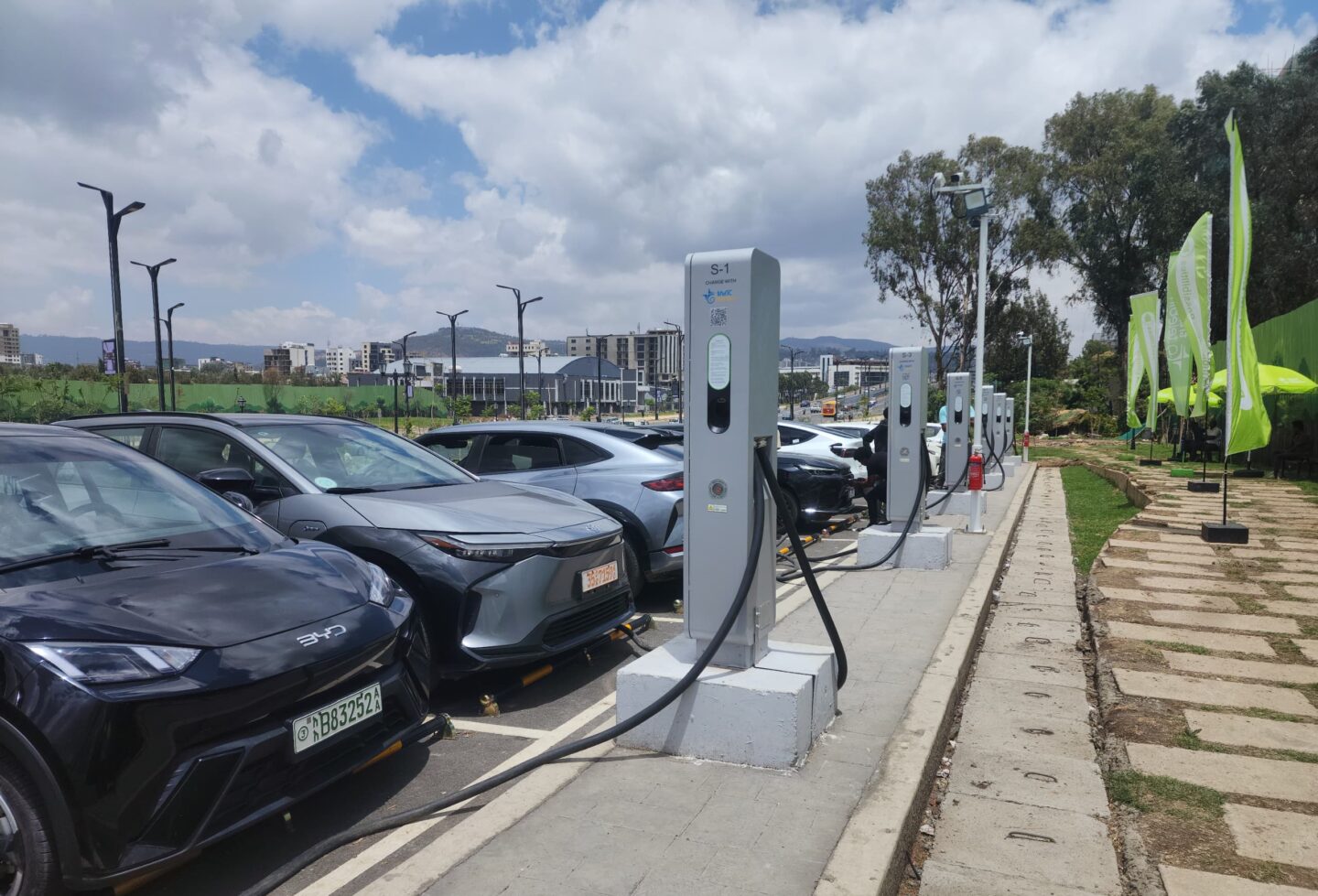
4. Ending poverty and gangs: How Zambia seeks to cash in on the global drive for EVs
Other African governments are trying to cash in on their minerals, which big players like China, the US and increasingly Saudi Arabia want for green technologies and/or making equipment for wars.
Pamela Kapekele went to look at the situation in Zambia’s Copperbelt province – where you can probably guess what they produce! She found that good tax regulations and working conditions will be needed if locals are to see the benefits of surging demand for the metal.
Later in the year, an acid spill from a copper-mine tailings dam that contaminated the country’s main river showed the value of environmental regulation too. Reporting from Nigeria’s lithium and South Africa’s platinum mines also highlighted the challenges of making minerals mining and processing cleaner and fairer for communities.
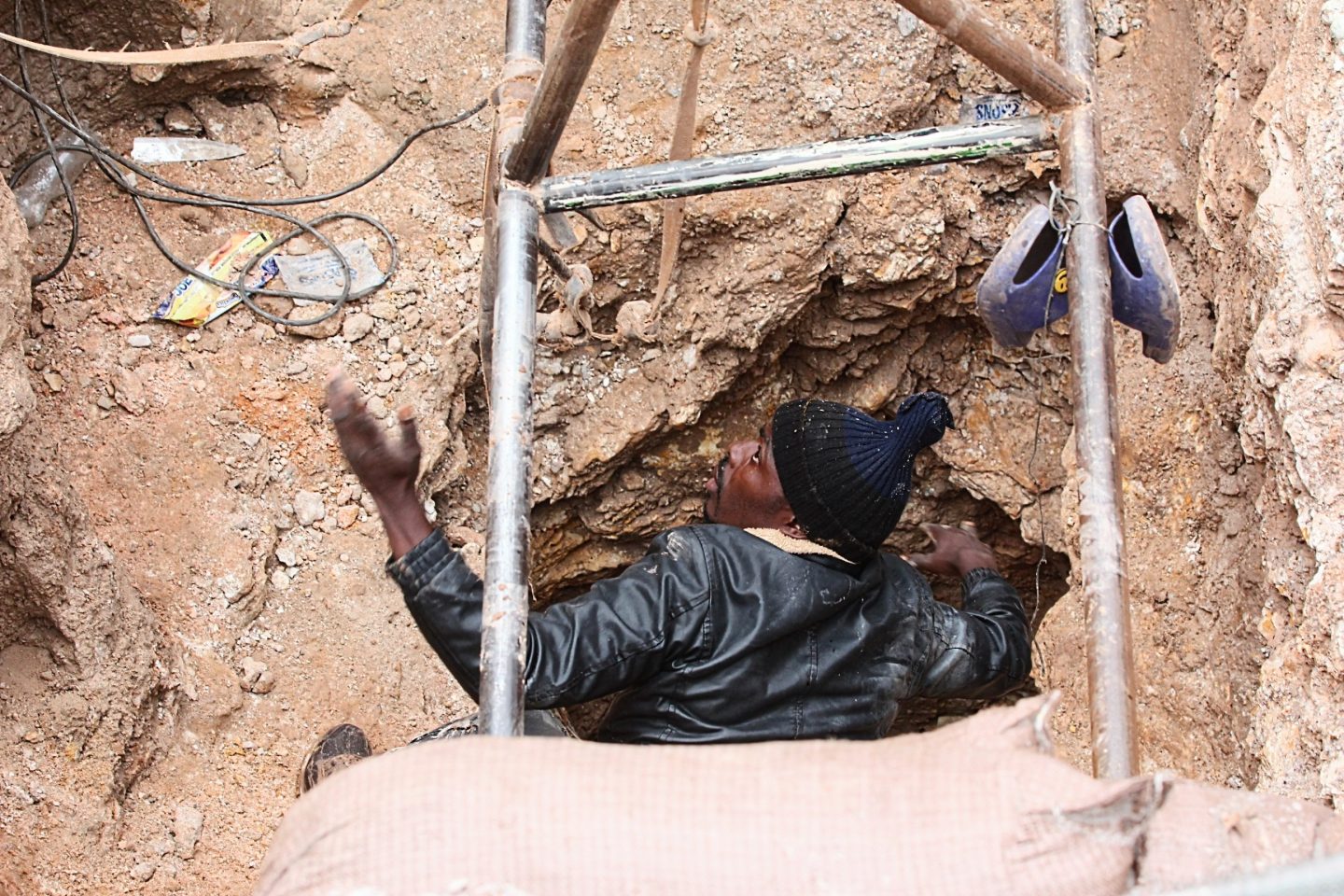
5. Is the world’s big idea for greener air travel a flight of fancy?
Some sectors – like international aviation and shipping – tend to fall outside the scope of national media, and it’s a gap we’ve aimed to fill. Together with Singapore’s Straits Times, we tracked the supply chain for what the airline industry calls “Sustainable Aviation Fuel” (SAF) and found that virgin and barely used palm oil – which threatens rainforests – is being passed off as waste cooking oil and used to power planes in Europe.
Malaysia is a particular hotspot for this fraud, as government subsidies there make virgin palm oil cheap in the shops – and it can be sold for a higher price as “used” cooking oil, providing a profit motive for flipping it. Our investigation was picked up by the Financial Times, Bloomberg and the Malaysian authorities, who have since launched a crackdown on this kind of fraud.
But with verification of the materials used for SAF relying on just a handful of commercial auditors conducting mainly paper-based checks, airlines currently cannot know for sure if their green jet fuel is actually sustainable. Their advertising to passengers should – but often doesn’t – reflect this uncertainty.
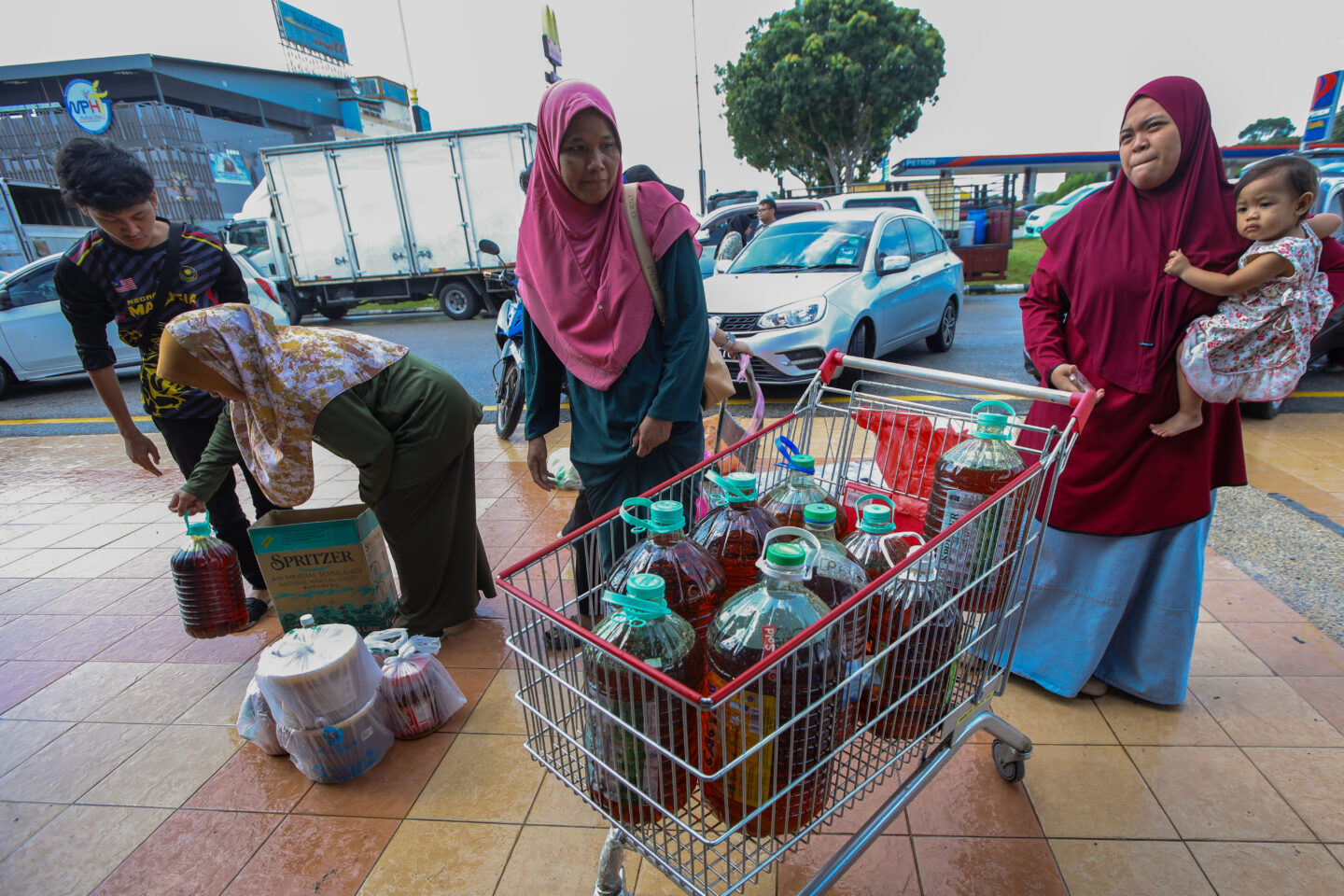
6. Brazil’s environment minister suggests roadmap to end fossil fuels at COP30
Our reporting was often prescient this year. We called it correctly that the US would leave the Paris Agreement but not the UNFCCC, that Argentina would not follow America out of Paris, that Ethiopia rather than Nigeria would be chosen as COP32 host and that petrostates would try to kill a new green shipping framework at the International Maritime Organization.
We are also pretty sure we were the first – at least in English – to pick up on Brazilian Environment Minister Marina Silva’s proposal for COP30 to agree on a roadmap away from fossil fuels, which she aired back in June at London Climate Week. That proposal was pushed by President Lula at the start of COP30, dominated much of the conversation at the summit and will continue to be discussed throughout 2026.
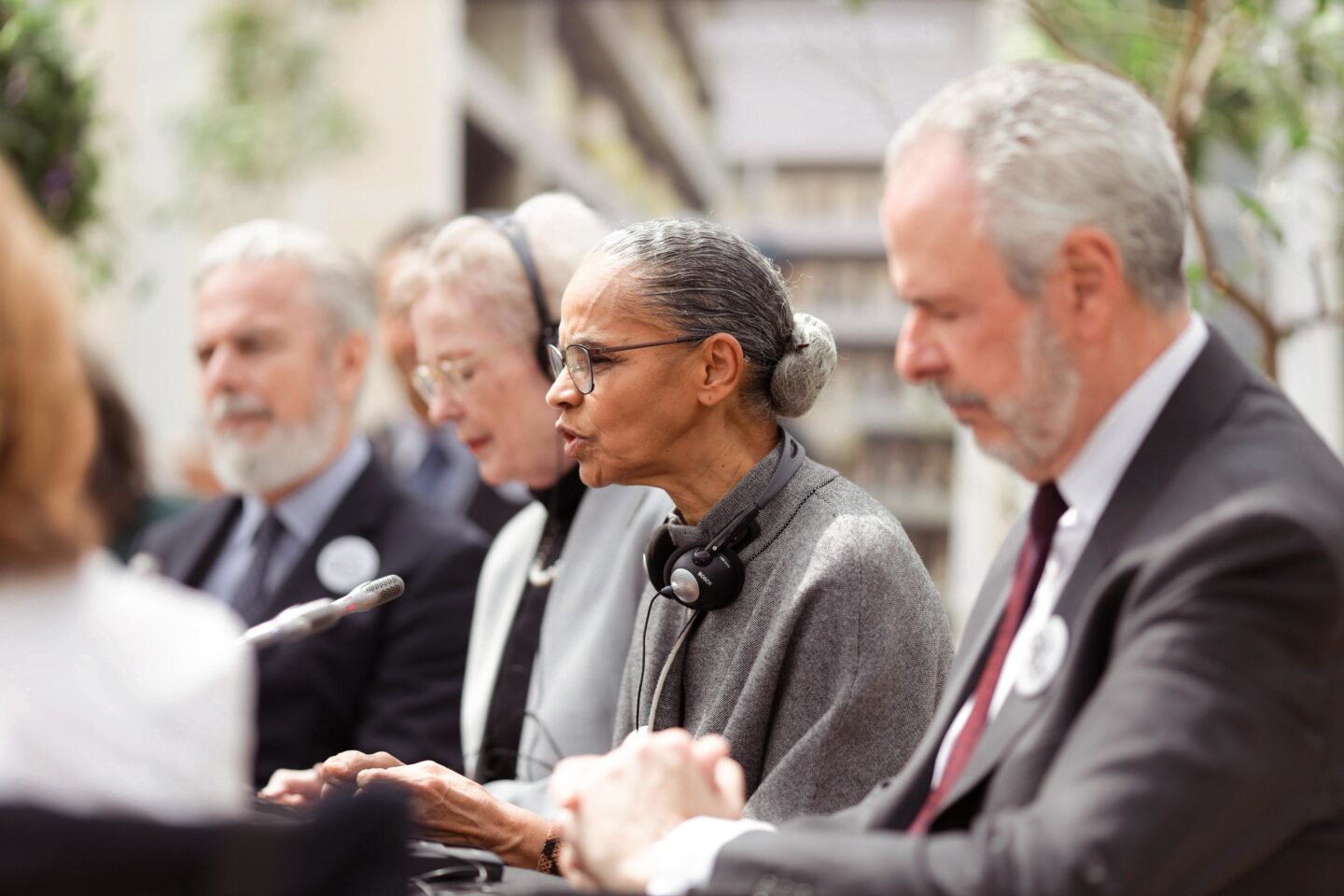
8. PR firm working for Shell wins COP30 media contract
In the summer of 2025, our crack investigative reporter Matteo Civillini got the scoop on how the Brazilian government, via a contract tendered by the UN, was working with Edelman on international media relations for the COP30 climate summit while the global PR giant was simultaneously engaged in promoting Shell’s fossil fuel interests in Brazil.
This story was picked up by a range of other media, and amplified calls for agencies whose clients include fossil fuel firms to be excluded from the climate negotiations. Advocacy group Clean Creatives was inspired by Matteo’s reporting to launch a campaign against Edelman’s COP involvement. That culminated in an open letter from influencers and creators with a combined audience of over 24 million calling for Edelman to be dropped. The drumbeat on this theme is likely to get louder in 2026.
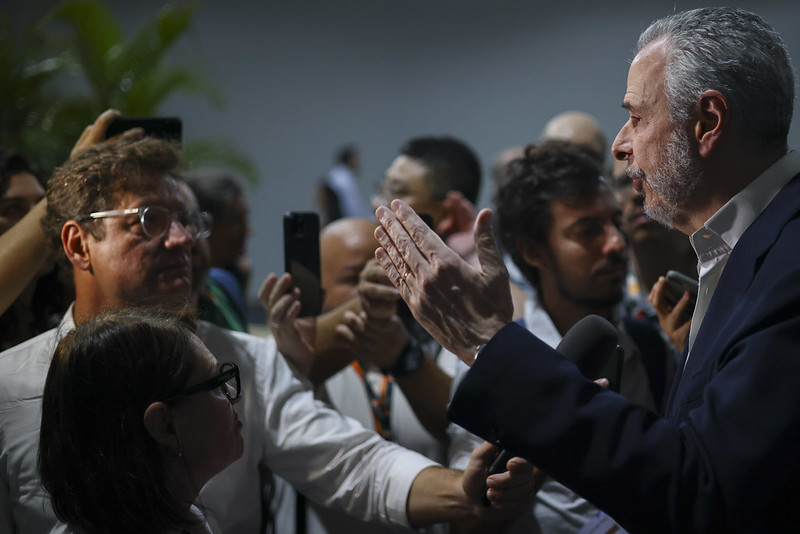
8. “House of cards”: Verra used junk carbon credits to fix Shell’s offsetting scandal
And talking of smoke and mirrors, just when we thought the murky web of carbon offsetting linking oil and gas major Shell to sham rice-farming projects in China couldn’t get any more convoluted, it did exactly that.
By combing through the records of carbon-credit registry Verra – the world’s biggest – Matteo confirmed that nearly a million bogus offsets from 10 disqualified methane reduction projects had been compensated for with the same number of junk credits from another four such projects that were also axed by Verra.
“It’s frankly unbelievable that Verra considers it appropriate to compensate for hot air credits with other hot air credits,” Jonathan Crook, policy lead at Carbon Market Watch, told us. “To pretend this is a satisfactory resolution is both absurd and deeply alarming.”
Verra insists the replacement credits were technically available to plug the gap left by the first batch – even though the second set, too, now need to be swapped out. Shell is keeping its distance, saying it does not manage or operate “the projects in question” despite being earlier involved in the Chinese rice-farming programmes as their “authorised representative”. Mind-boggling indeed!
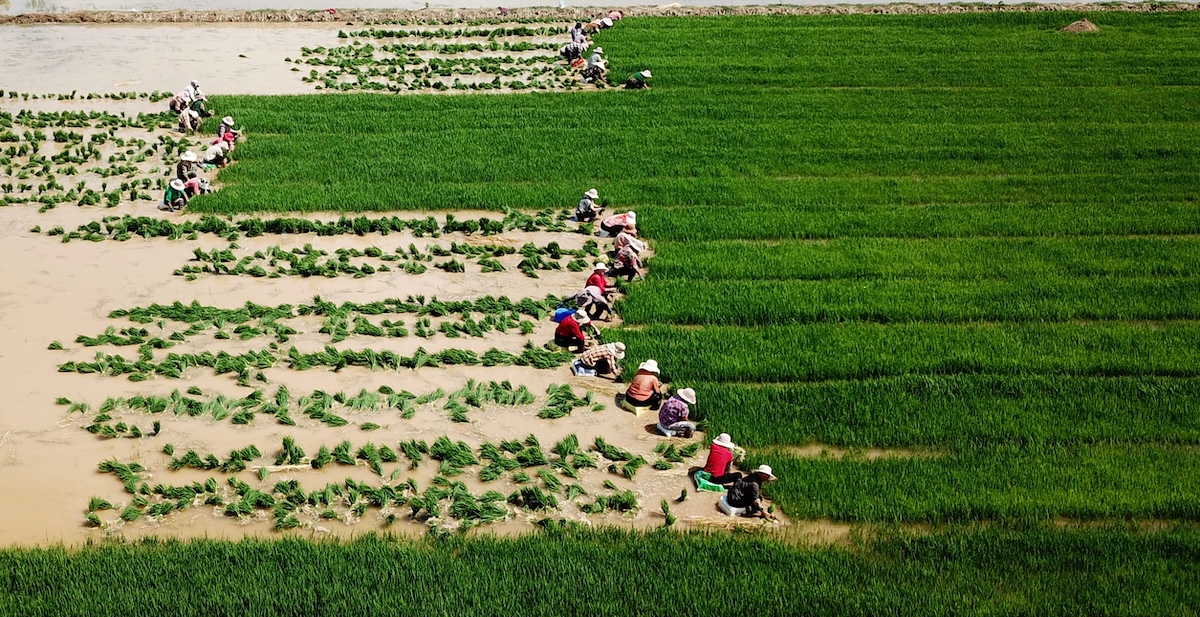
9. Self-taught mechanics give second life to Jordan’s glut of spent EV batteries
In what was on balance a bad year, we brought you some hope too. A landmark advisory opinion on climate change and human rights from the International Court of Justice in The Hague was stronger than anyone imagined and may open the door to lawsuits against polluting countries and companies in 2026.
Other good news stories included analysts suggesting China’s fossil fuel use could peak this year, the UN’s loss and damage fund launching its first call for proposals, South Korea and Morocco moving to phase out coal and a boom in imports of solar panels to Africa.
Hope came too from ordinary people and their ingenuity – like the untrained Jordanians interviewed by Yamuna Matheswaran, hooking up solar panels to old Tesla batteries, lowering both their electricity bills and their carbon emissions into the bargain.
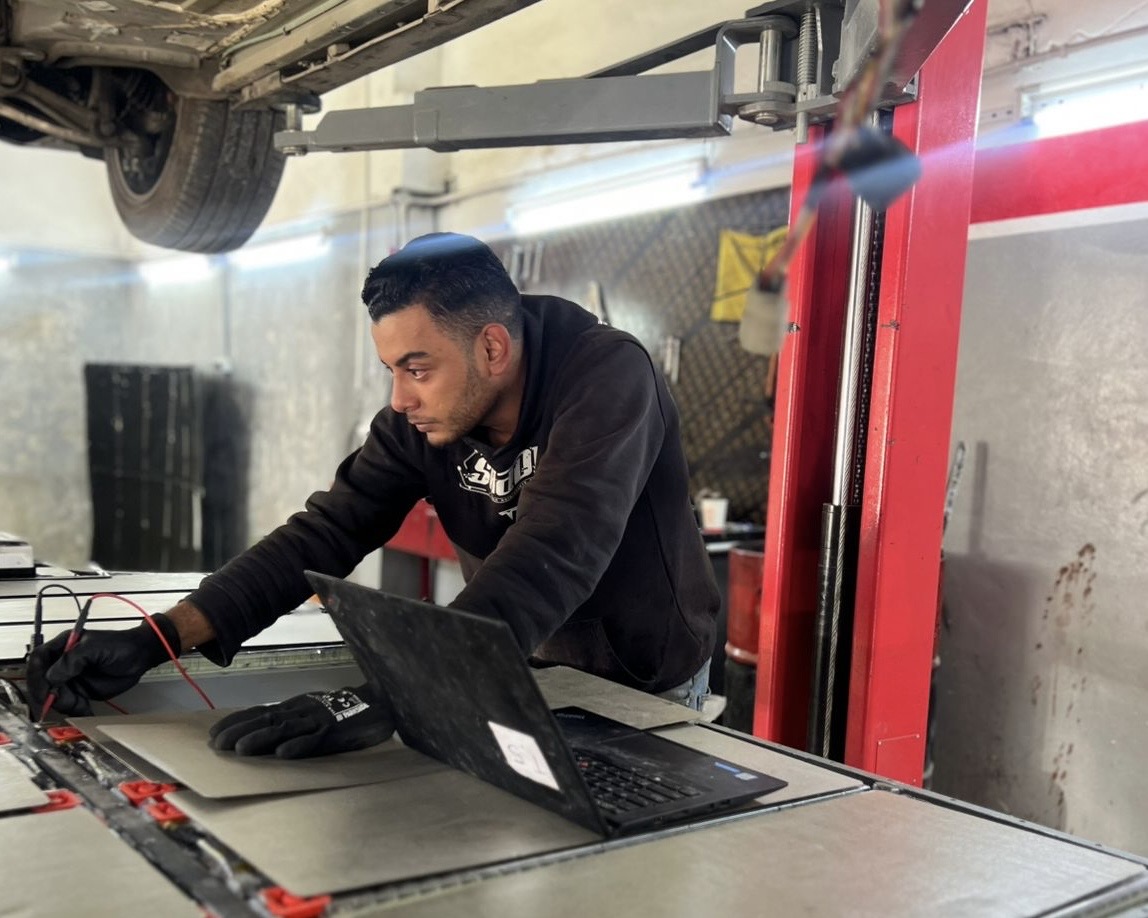
The post Nine of our best climate stories from 2025 appeared first on Climate Home News.
Climate Change
Tracking Oil and Gas Waste in Pennsylvania Is Still a ‘Logistical Mess’
More than a decade after regulators promised to improve reporting standards for this waste, an Inside Climate News investigation found huge discrepancies in state records.
Fracking’s Forever Problem: Sixth in a series about the gas industry’s radioactive waste.
Tracking Oil and Gas Waste in Pennsylvania Is Still a ‘Logistical Mess’
Climate Change
Maine’s Once Abundant Kelp Forests Face an Array of Growing Threats
These breeding grounds for fish are under siege from red turf algae, sea urchins, storm surges, warming waters and climate change.
Shane Farrell has spent the better part of the last three years underwater, diving off the coast of Maine. The University of Maine Ph.D. student and his team at the Bigelow Laboratory for Ocean Sciences are surveying the rapid decline of kelp forests in the warming waters.
Maine’s Once Abundant Kelp Forests Face an Array of Growing Threats
-
Climate Change4 months ago
Guest post: Why China is still building new coal – and when it might stop
-
Greenhouse Gases4 months ago
Guest post: Why China is still building new coal – and when it might stop
-
Climate Change2 years ago
Spanish-language misinformation on renewable energy spreads online, report shows
-

 Greenhouse Gases2 years ago
Greenhouse Gases2 years ago嘉宾来稿:满足中国增长的用电需求 光伏加储能“比新建煤电更实惠”
-
Climate Change Videos2 years ago
The toxic gas flares fuelling Nigeria’s climate change – BBC News
-

 Climate Change2 years ago
Climate Change2 years ago嘉宾来稿:满足中国增长的用电需求 光伏加储能“比新建煤电更实惠”
-

 Carbon Footprint2 years ago
Carbon Footprint2 years agoUS SEC’s Climate Disclosure Rules Spur Renewed Interest in Carbon Credits
-
Climate Change2 years ago
Why airlines are perfect targets for anti-greenwashing legal action




